- Joined
- Jun 7, 2012
- Messages
- 15,469
- Reaction score
- 7,848
- Location
- Central Florida
- Website
- www.flickr.com
- Can others edit my Photos
- Photos NOT OK to edit
ive been asked about how I like the fuji, and how its low light performance is.
i knew it was good up to 1600 with zero noise reduction, but i had not had it above that yet.
so...time to find out. here it is. ISO 3200 and ISO 6400 with ZERO noise reduction or any other editing except a quick crop in LR and export. its basically SOOC so you can see how it looks. I tried to make the exposure more or less "correct" when I shot these, hence the different shutter speeds.
shot with fuji X-E2 and 18-55 f2.8-4 lens.
EXIF data is intact.
cropped ONLY and exported in LR. NO other adjustments made.
18mm, f/3.2, 1/60th, ISO 3200

18mm, f/3.2, 1/125th, ISO6400
same as above, cropped only.

i knew it was good up to 1600 with zero noise reduction, but i had not had it above that yet.
so...time to find out. here it is. ISO 3200 and ISO 6400 with ZERO noise reduction or any other editing except a quick crop in LR and export. its basically SOOC so you can see how it looks. I tried to make the exposure more or less "correct" when I shot these, hence the different shutter speeds.
shot with fuji X-E2 and 18-55 f2.8-4 lens.
EXIF data is intact.
cropped ONLY and exported in LR. NO other adjustments made.
18mm, f/3.2, 1/60th, ISO 3200
18mm, f/3.2, 1/125th, ISO6400
same as above, cropped only.


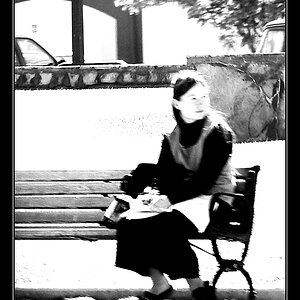
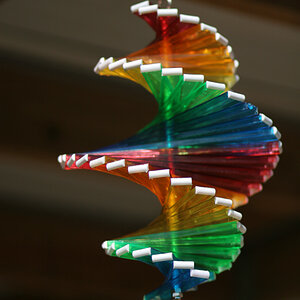
![[No title]](/data/xfmg/thumbnail/34/34345-5642c495cae8d6c7bb83c28664146cf1.jpg?1619736381)
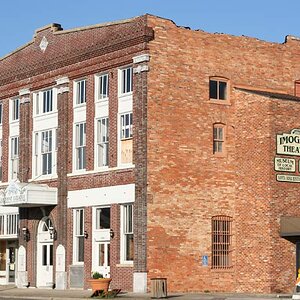
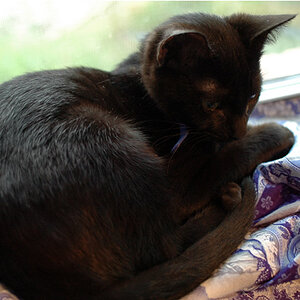

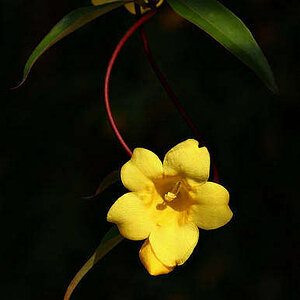
![[No title]](/data/xfmg/thumbnail/34/34348-b1d1a8e4f9da40319cac8b9f03cce084.jpg?1619736384)
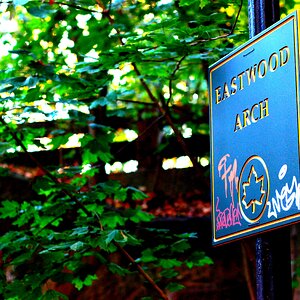
![[No title]](/data/xfmg/thumbnail/32/32943-1a3c3a399438cf2fc6a21415e9bdedcf.jpg?1619735775)

![[No title]](/data/xfmg/thumbnail/32/32941-f21147be61c00828a23d6ce011d840eb.jpg?1619735773)